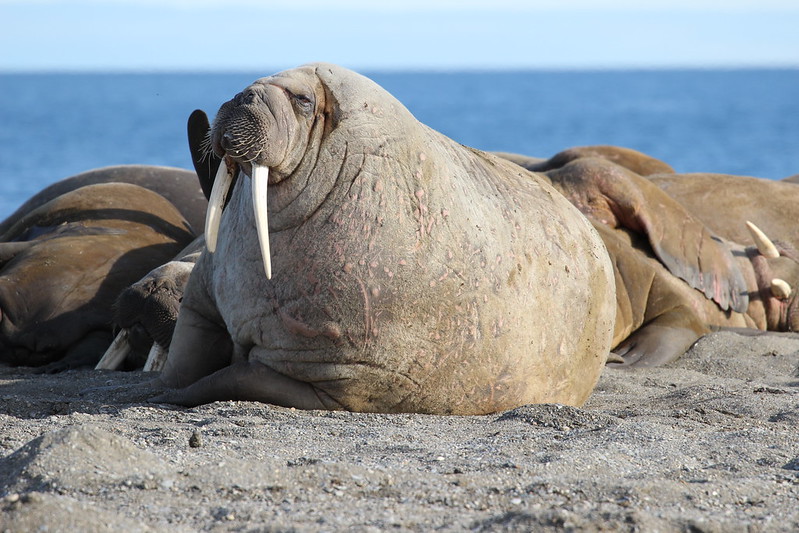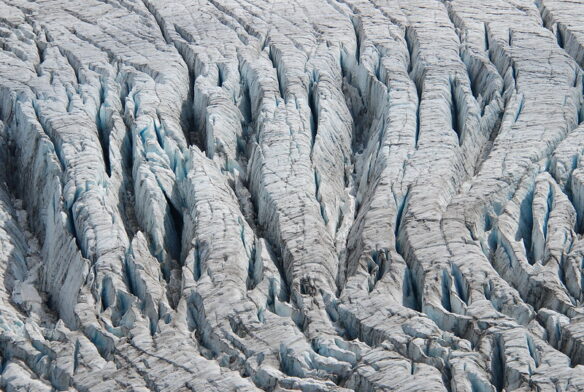Excerpt:
The short documentary “Haulout” follows a scientist on a remote Arctic beach who witnesses the chaotic effects of climate change on Pacific walruses – film by Evgenia Arbugaeva and Maxim Arbugaev
In 2018, in the Siberian Arctic, the filmmakers Evgenia Arbugaeva and Maxim Arbugaev, who are sister and brother, arrived on a strange beach. “The sand was of dark colour, full of bones, and smelled terrible,” Arbugaeva recalled. Arbugaeva was working on a photography project about an Indigenous Chukchi community that practices subsistence hunting (whales, walruses, and seals, following the international quotas), and the siblings were on a hunt, at sea, when they landed on the beach. “In the middle of it stood the old hut,” Arbugaeva added. The hunters said that over the past decade, a young scientist had lived in the hut for several months out of each year, among thousands of walruses. “We were intrigued,” Arbugaeva wrote. They returned the following year to meet the scientist, a marine biologist named Maxim Chakilev, and take some photographs. “It was really overwhelming,” Arbugaeva said. “I was completely shocked by what I saw.”
The phenomenon that the Arbugaev siblings witnessed on that visit is the subject of their documentary, “Haulout,” which they filmed in 2020. The beach is situated in the remote region of Chukotka; to get there, they flew from Moscow to Anadyr, Chukotka’s capital, then took a small plane to the town of Lavrentiya, then took a passenger helicopter, which flies only once a month, to the tiny village of Enurmino, then caught a nine-mile boat ride with local hunters to the walrus beach, called Cape Serdtse-Kamen, which translates to Cape Heart-Stone. After arriving in mid-August, the Arbugaevs stayed for the entirety of Chakilev’s field season, until the first week of November, when the temperature was below zero degrees Celsius. They are accustomed to such conditions, having grown up in the tundra of Tiksi, in Yakutia, which neighbors Chukotka. “It’s kind of feeling like being at home,” Arbugaeva said…









